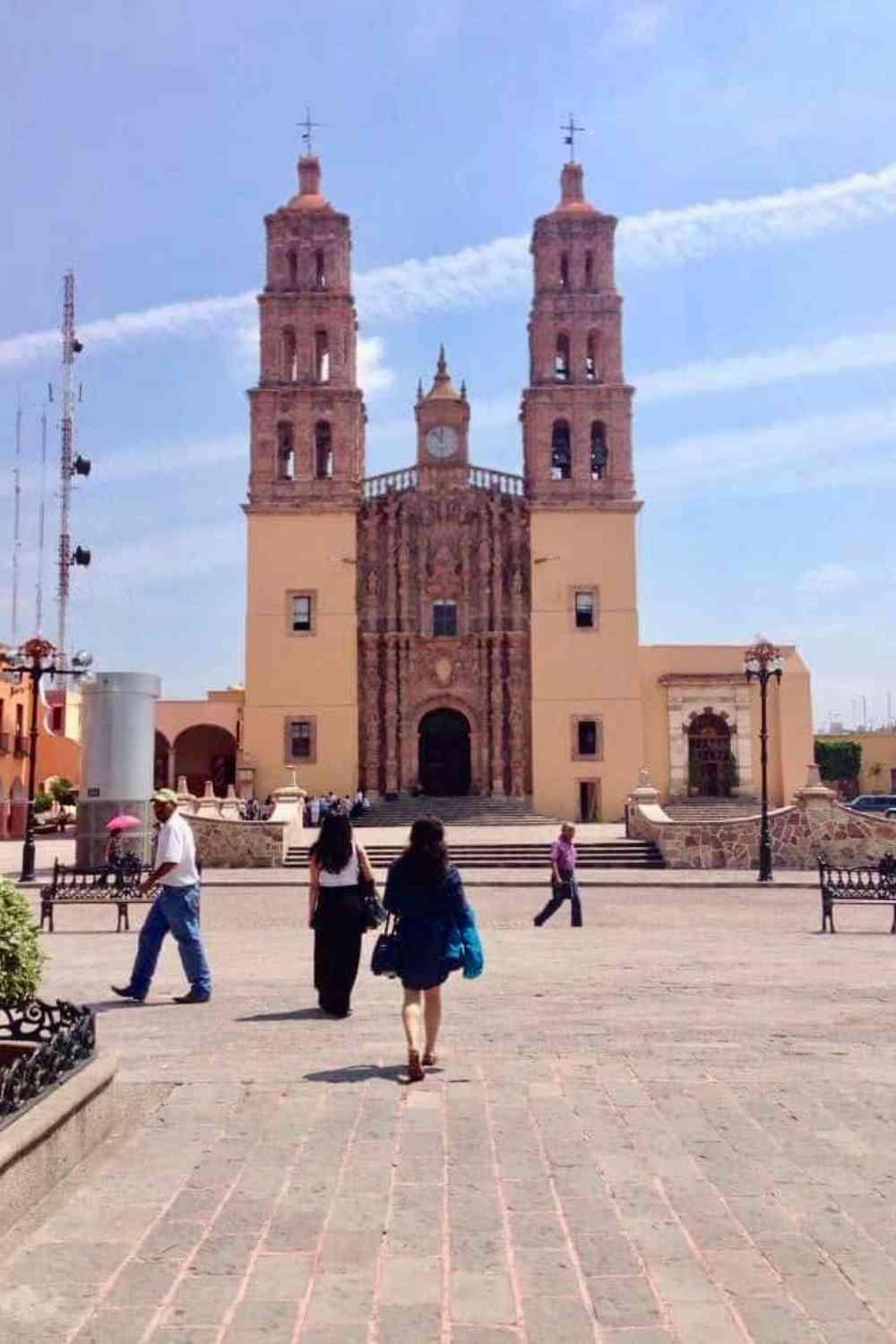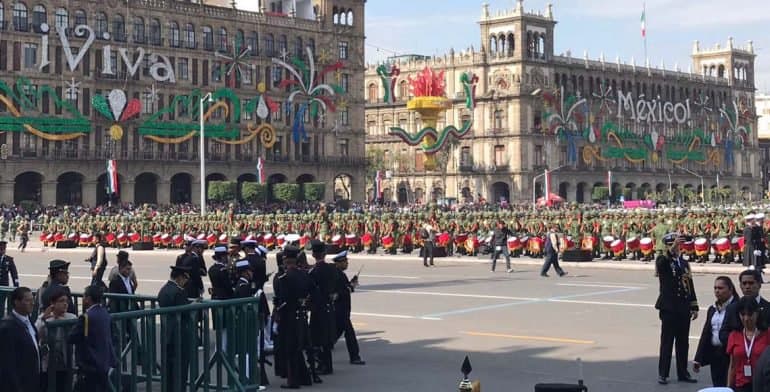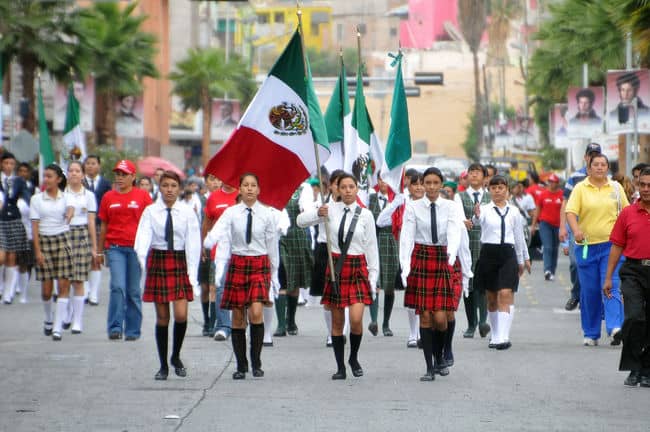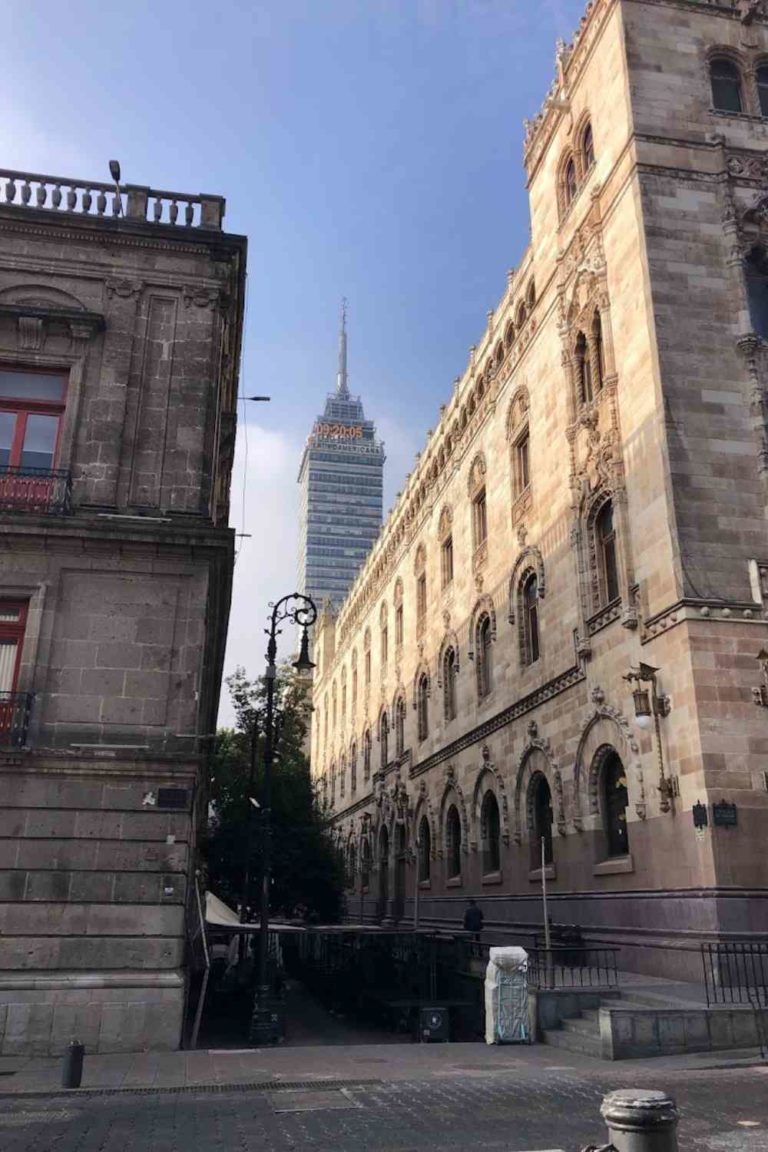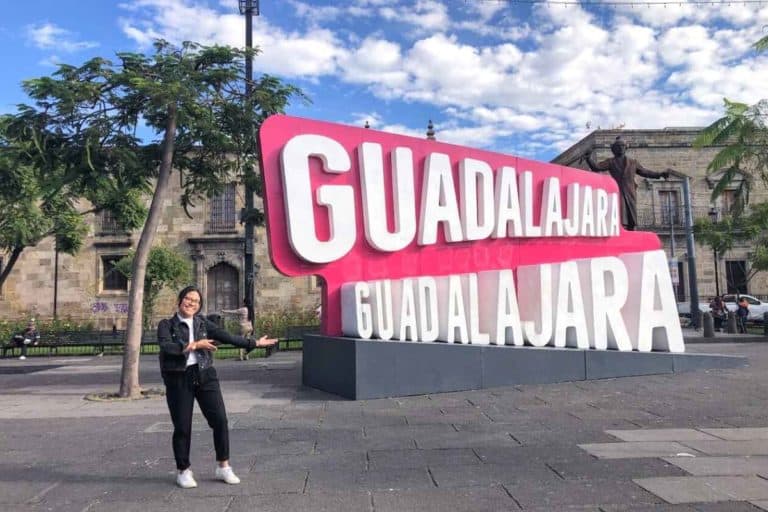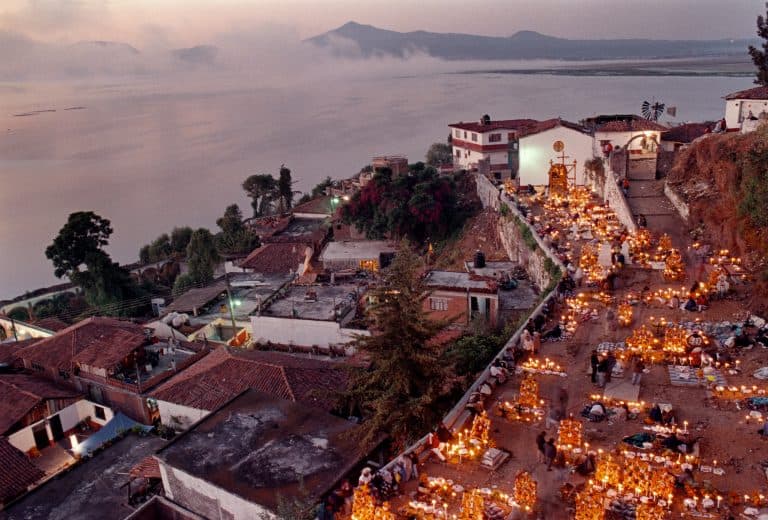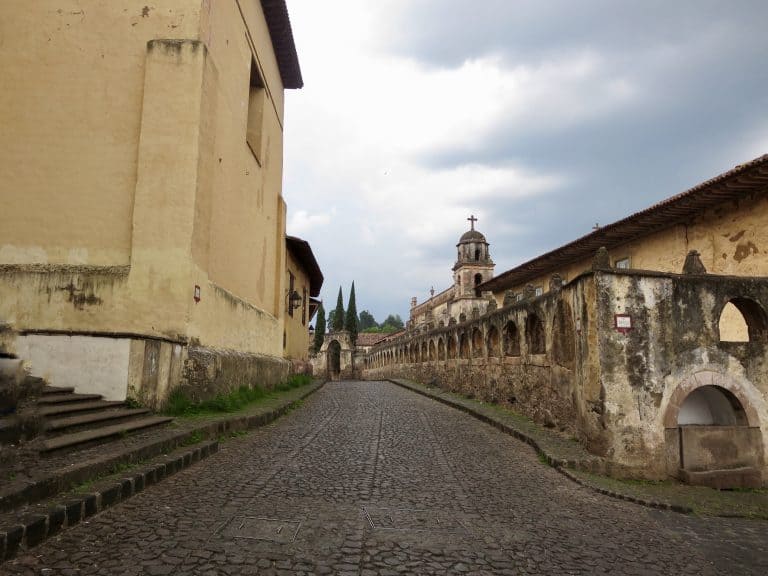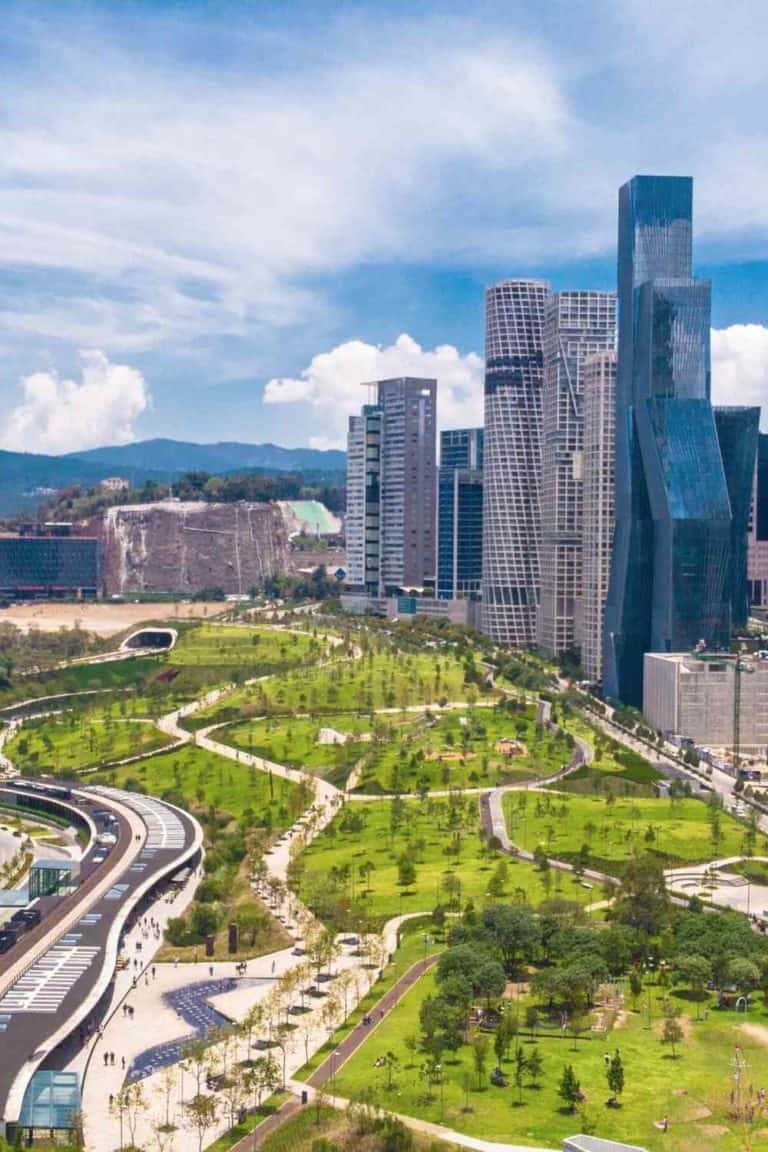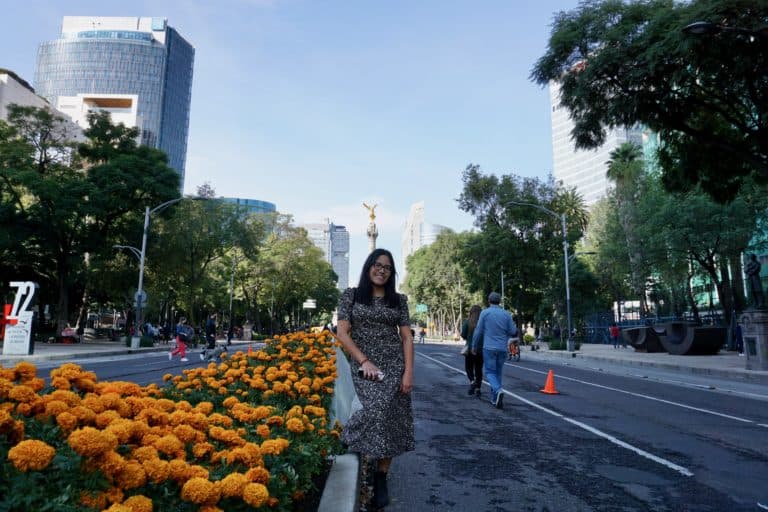4 Amazing Facts About Mexican Independence Day: How México Celebrates Independence Day
Have you ever wondered what Mexican Independence Day is really like?
While some countries have one day to celebrate their homeland’s independence day, did you know that México has set apart a whole month to celebrate their independence?
September is known as El Mes de la Patria (Month of the Homeland), and while parties and celebrations in green, white, and red are everywhere, almost every day of the month throughout the country, the big celebrations are mainly happening on two specific days (September 15th and 16th).
The good news for travelers like you and me is that in order to experience a bit of Méxican independence festivities, we don’t have to travel to México on a specific day, but rather any day in September.
In today’s post, I’ll share what to expect if you’re in México during the patriotic month. As a Mexican who has celebrated this occasion throughout most of her life, we’ll go over the celebrations, symbolism, traditions, food, and much more!
Let’s jump in!
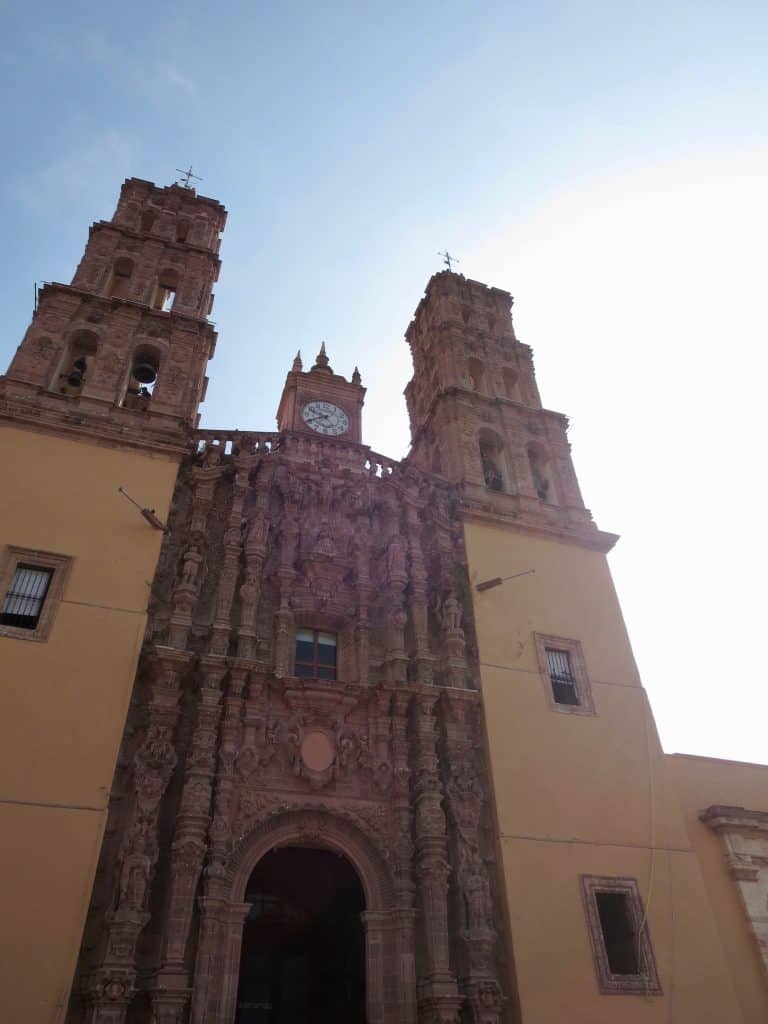
4 Amazing Facts About Mexican Independence Day: How México Celebrates Independence Day
1. Mexican Independence Day History
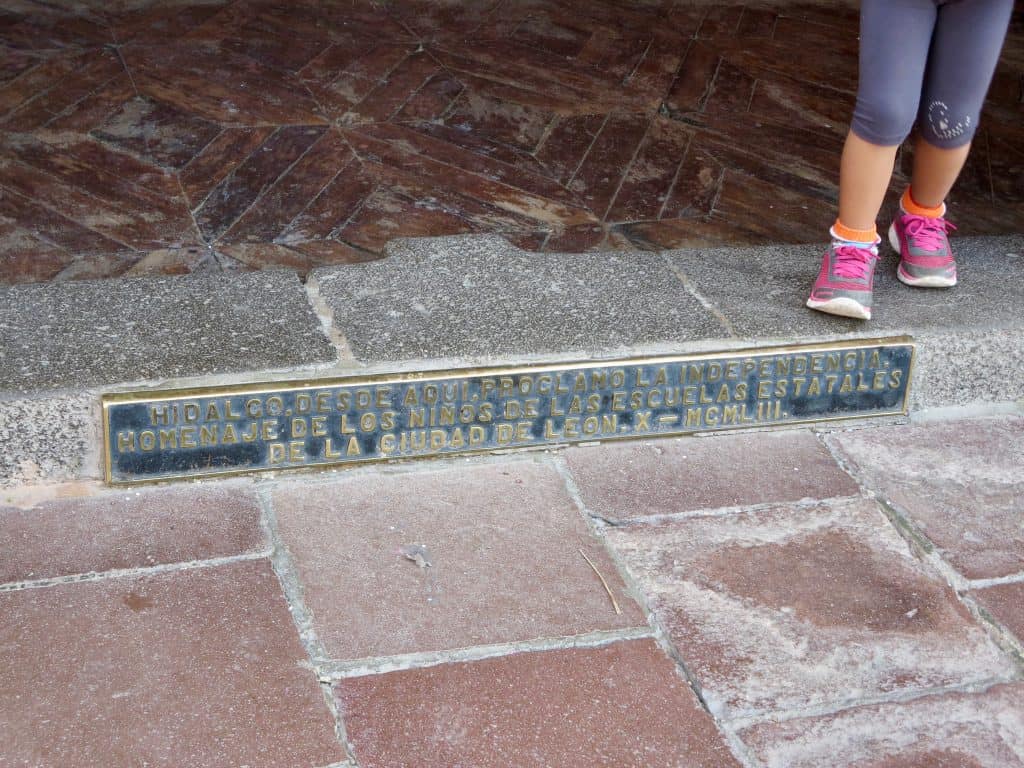
The Spanish first set foot on Mexican soil around the early 1500s and conquered and enslaved the natives for the next 300 years.
México had a different name before colonization, Anahuac, a name that means “land surrounded by water” in the native language of Nahuatl. That changed when the Spanish arrived, calling it New Spain.
The Mexican people were exploited and forced to work in harsh conditions for the Spanish, tearing down their own pyramids to use the same rocks to build up cathedrals, amongst other types of intensive work. Many natives had to convert to Catholicism as that was the main religion in Spain.
It wasn’t until September 16th, 1810, that natives, including Miguel Hidalgo, who we know today as the father of Mexican Independence, declared that enough was enough.
El Grito de Dolores, or the famous Cry of Dolores, was the decree that finally started the movement towards independence from Spain. Miguel Hidalgo rang the church bells in the town of Dolores in Guanajuato (hence the name of the decree: The Cry of Dolores) and cried out to the townspeople to initiate the revolt against the current Spanish rule.
The townspeople gathered, energized, and mobilized together to bring down the Spanish rule.
However, he was unfortunately beheaded when Spanish colonial authorities found out about the planned revolt later on, and the Spanish displayed his head in the town square for others to see in horrible detail what would happen to them if they decided to continue with the movement.
As history shows, the movement continued, with other religious leaders secretly organizing and the townspeople, including criollos (Mexican-born of Spanish descent) and mestizos (people of native Mexican and European descent), joining forces.
The Mexican War of Independence would be fought for the next 11 years and finally won on September 27, 1821.
2. Celebrations on September 15th

Every state celebrates Independence Day – from big cities to small villages.
The most famous and often televised celebration goes down in México City, in El Zócalo, which is the main square in the historic zone of México City, where the modern-day government palace is.
Historically, El Zócalo was the same location as the Aztec city of Tenochtitlan and where the Metropolitan Cathedral, built with Aztec pyramid materials, still stands today.
This makes this location an especially symbolic and sacred space for México and Mexicans.
The president stands on the balcony amongst all those who have gathered in El Zócalo, awaiting El Grito, or The Cry of Dolores, once announced by Hidalgo, to initiate the Mexican movement towards independence in 1810.
It is a PACKED celebration in El Zócalo, but quite an incredible, energetically tangible experience. Even if you’re not Méxican, you can’t help but feel waves of emotion to see so many people celebrate such a historic moment in one place.
There is a flag-honoring ceremony from the government palace, where the military marches a couple of steps to deliver the flag to the President. This is accompanied by the sound of the National Anthem performed by a marching band.
The president steps out onto the balcony with the flag and the First Lady of México beside him.
The President then shares a few words with the Mexican people, and they begin to name each national hero who fought for Mexican Independence:
Miguel Hidalgo y Costilla
Juan Aldama
Ignacio Allende
Nicolás Bravo
Mariano Jiménez
José María Morelos y Pavón
Vicente Guerrero
Josefa Ortiz de Dominguez
Mariano Matamoros
Francisco Javier Mina
Guadalupe Victoria
and more!
After each name is called, the president pauses for the crowd to chant Viva! (long live).
After the President mentions all the National Heroes, they then yell Viva México! a couple of times, and the crowd chants back in response, various times.
Then, the President will ring the original liberty bell that Hidalgo rang in 1810 as a symbol of the fight toward independence and a better México.
The night sky then turns red, white, and green as fireworks light up the sky. Mexican music plays all around, and the crowd is energized with Mexican pride.
The parties continue. As the Mexican sky lights up with fireworks displays, enjoy dances and eat tons of food!
Many cities within the U.S. – Los Angeles, Houston, San Diego, Chicago, and more have big parades and celebrations between the 15th and the 16th, as well as many other cities around the world – even if it’s just a small gathering of Mexican expats, or traveling mariachi’s – they all find a way to pay homage to their country’s independence, wherever they are.
>> Read More: 4 Days In Mexico City – The Complete Guide For First-Time CDMX Travelers
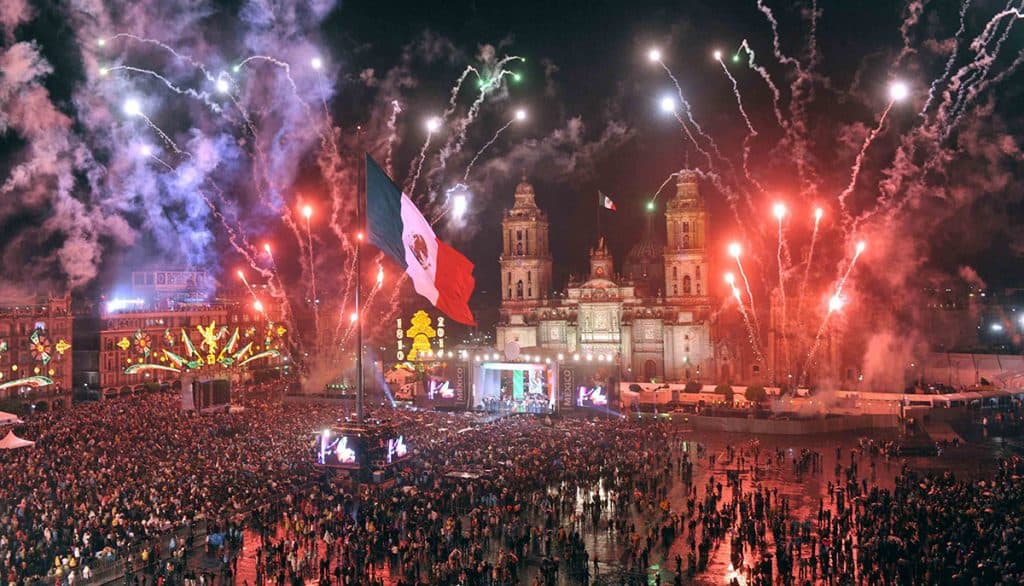
3. Celebrations on September 16th
Back in Mexico, many people typically take September 15th and 16th as a two-day holiday from work and school to really party it up!
The 16th is a day to wake up late, recuperate from the festivities of the night before, and gather energy for the parade in the second half of the festivities!
Towns and cities all over México usually hold parades, showcasing the military, charros (Mexican cowboys and their horses), various traditional wear and dances from all over México, children dressed as the National Heroes, music, festive floats, and more!
The biggest parade, however, is also in México City, with the Military Parade.
>> Read More: Explore one of Santa Fe – One of México City’s Most Luxurious Neighborhoods
People all over keep celebrating this day with family, friends, good food and drinks, and good music—truly living out all that makes them Mexican.
4. Traditional Dishes and Foods and Drinks Enjoyed on Mexican Independence Day
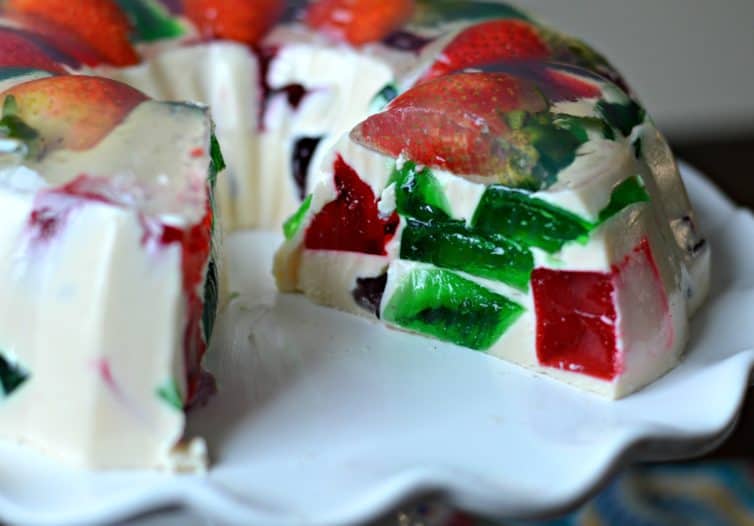
If you’ve read my post on Mexican food, you’d know that México is extremely rich in the varieties of dishes and specialty ingredients that make up the cuisine, from northern Mexican ranch-inspired cuisine to southern Mayan-influenced dishes.
During Independence Day, Mexicans go all out and cook their favorite dishes such as enchiladas, pozole, tamales, fresh seafood, carne asada (bbq’s), tostadas, and of course, tacos.
Many people choose tequila, Mezcal, local specialty alcoholic drinks, and local beers to celebrate the holiday.
For non-alcoholic drinks, beverages such as traditional horchata and other aguas frescas made from hibiscus flowers, tamarind pods, and other fruits are always crowd-pleasers.
Desserts vary, but most opt for pastel de tres leches (three milk cake), churros, flan, gelatinas (gelatin) in the colors of the Mexican flag, and more!
Music, food, and a whole lot of green, white, and red.
>> Related: A Culinary Tour of México
Speaking of music, I’ve created the perfect Mexican Independence Day music playlist to get you into the celebratory mood and dancing!
I have been listening to it non-stop as I wrote this post and then some.
It always puts me in a good mood, and music is such an eye-opening and beautiful way to discover a culture that’s not yours.
Travel to México with this playlist.
Would you want to experience a Mexican Independence Day celebration?
Culturally speaking, it’s truly THE event of the year in México. It’s full of life, energy, food/drinks, smiles, and pride.
Many non-Mexicans have gone and shared their experiences through blog posts or YouTube videos.
Many share the surprising amount of celebrating that goes on not just in the two days but throughout the month.
Would you like to celebrate Mexican Independence Day in México?
Let me know in the comments below if you’ve experienced Mexican Independence Day in previous years! I’d love to hear about your experience.
To many more ✨fiestas✨ like these,
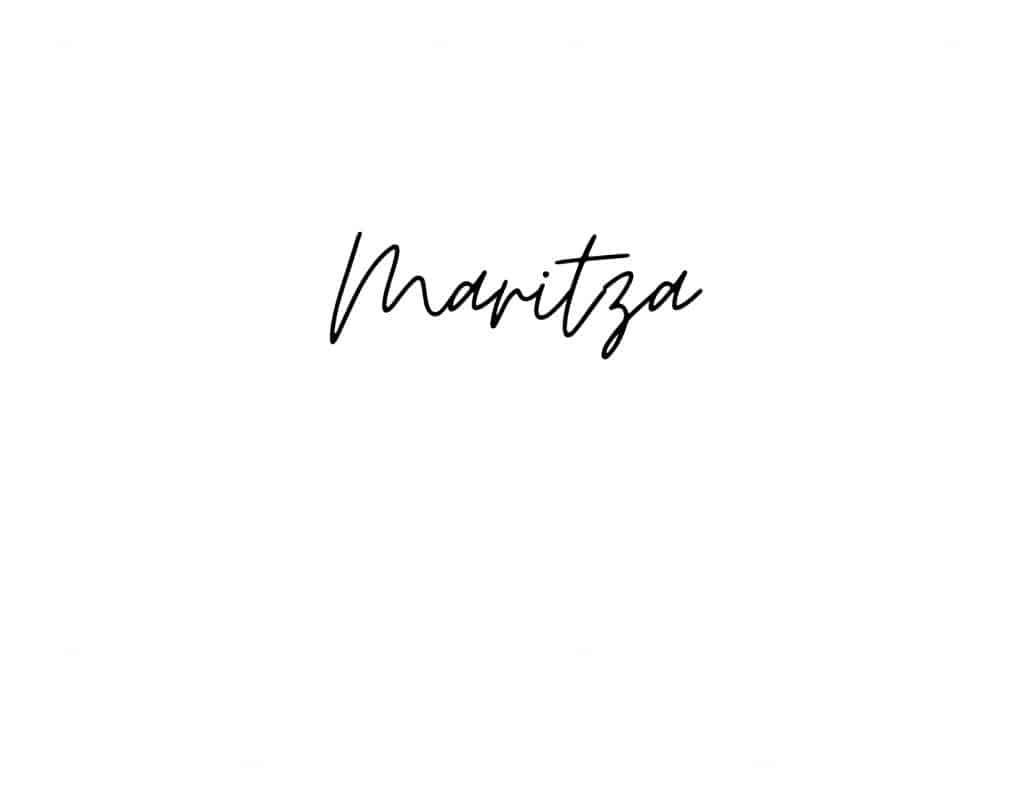
Like it? Pin it!


